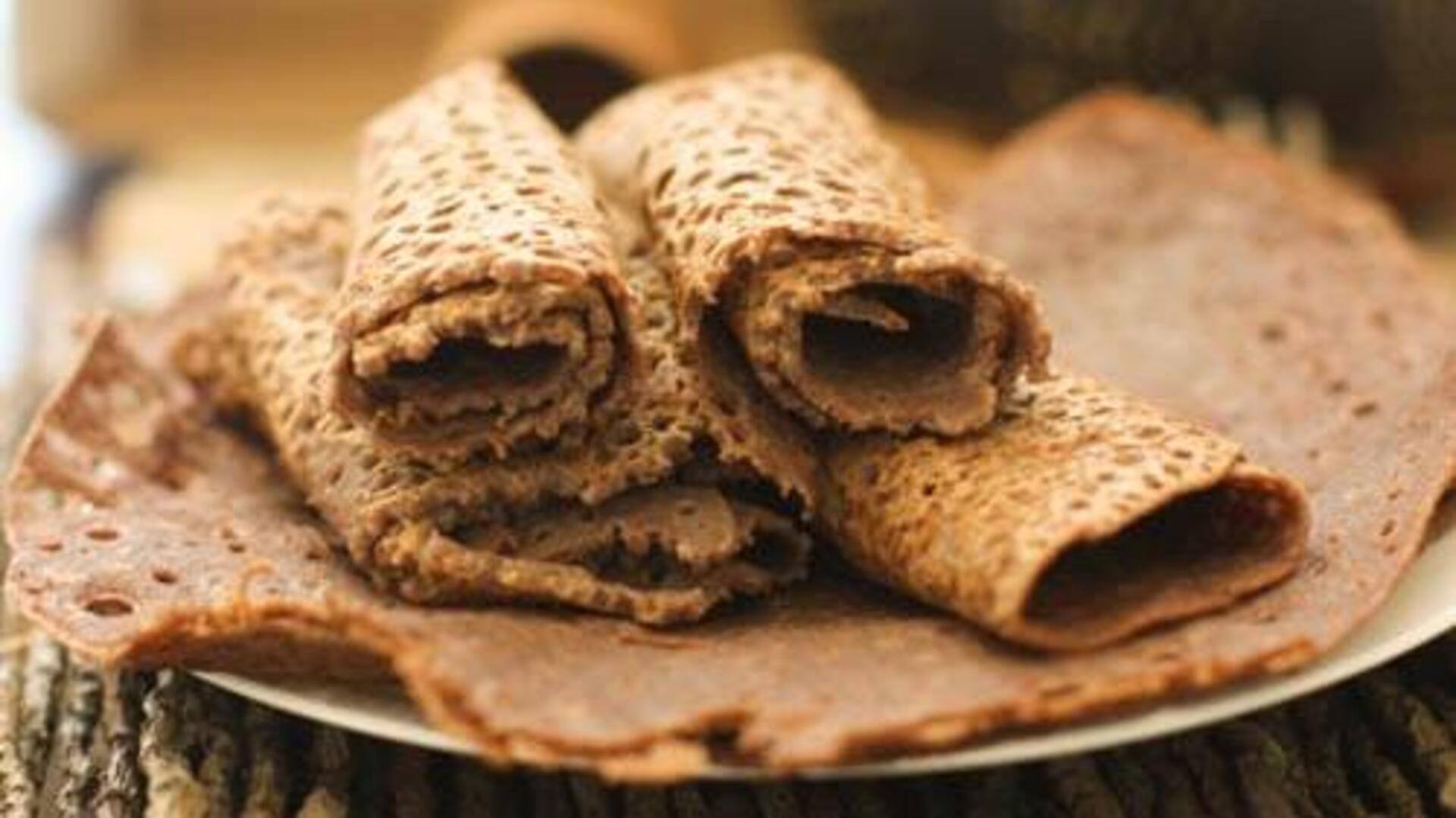
Exploring Ethiopia's teff bread tradition
What's the story
Ethiopia's injera (teff bread) isn't just a beloved staple—it's a living testament to the nation's rich cultural history. This article delves into the ancient art of fermentation passed down through generations, revealing the heart of Ethiopia's culinary heritage. Crafting injera is both an art and a science, reflecting Ethiopia's historical tapestry and the deep connection its people share with the land.
Teff
The grain at the heart of Ethiopian cuisine
Teff is a minuscule grain with a colossal history, cultivated in Ethiopia for over 3000 years. Don't let its size fool you, though. Teff is a nutritional giant, brimming with protein, fiber, and minerals. It grows in all kinds of conditions, but the Ethiopian highlands are its sweet spot. Plus, teff farming doesn't just nourish bodies; it fuels local economies too.
Fermentation
Fermentation: A time-honored process
The signature tangy taste and bubbly texture of injera are created through fermentation. To start this process, teff flour is combined with water and left to ferment for a few days. This natural fermentation relies on wild yeasts present in the environment, which means each injera has a distinct flavor profile, influenced by the specific location where it was made.
Cultural significance
Injera: More than just bread
Injera is not just eaten as food; it is the cornerstone of Ethiopian social gatherings and meals. It functions as both a plate and a utensil - other foods are served on top of it, and pieces are ripped off and used to pick up the accompanying dishes. Sharing injera from the same plate symbolizes friendship and respect.
Adaptation
Preserving tradition while embracing change
As Ethiopians have been displaced by conflict and migrated in search of opportunities, one thing has remained constant: the injera they carry in their hearts, and the mitad they adapt with their hands. Electric mitad (the traditional stove used for cooking injera) might not be what their grandmothers used, but they're keeping the tradition alive with a modern twist, while staying true to its roots.